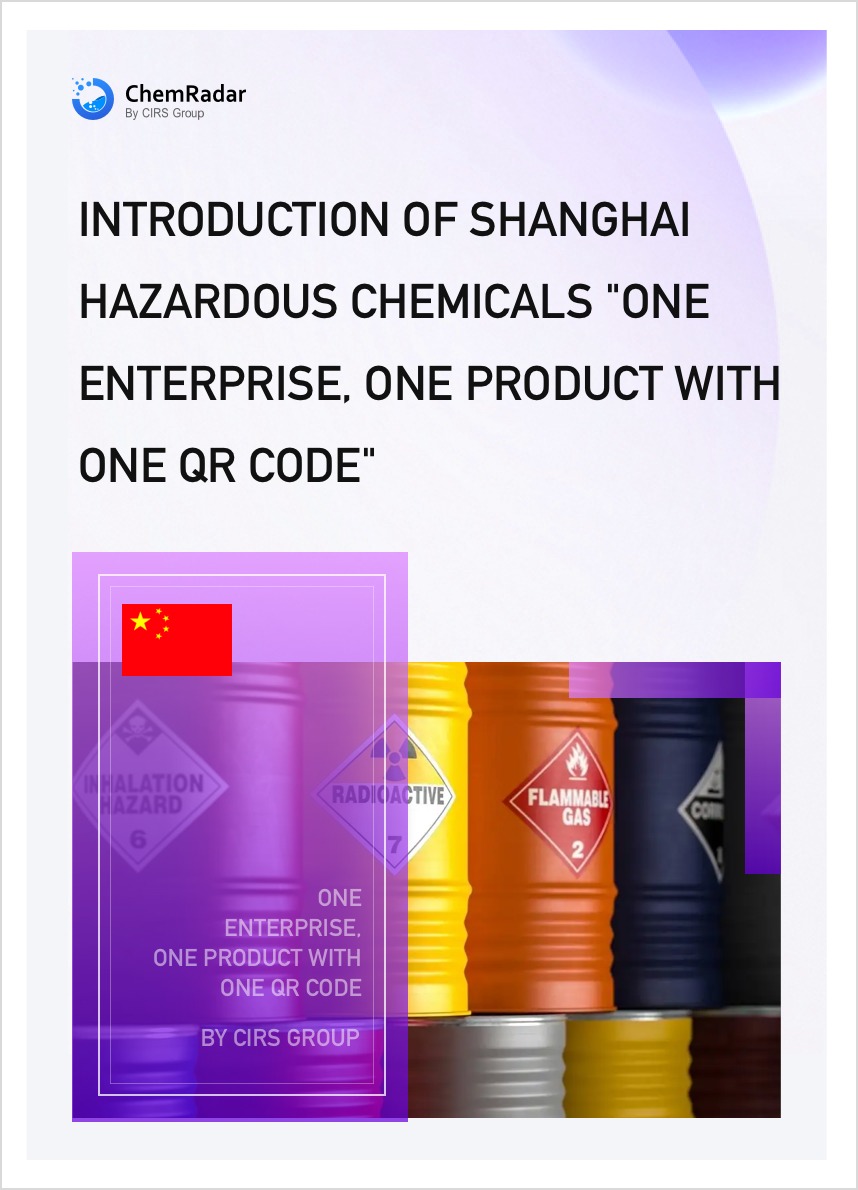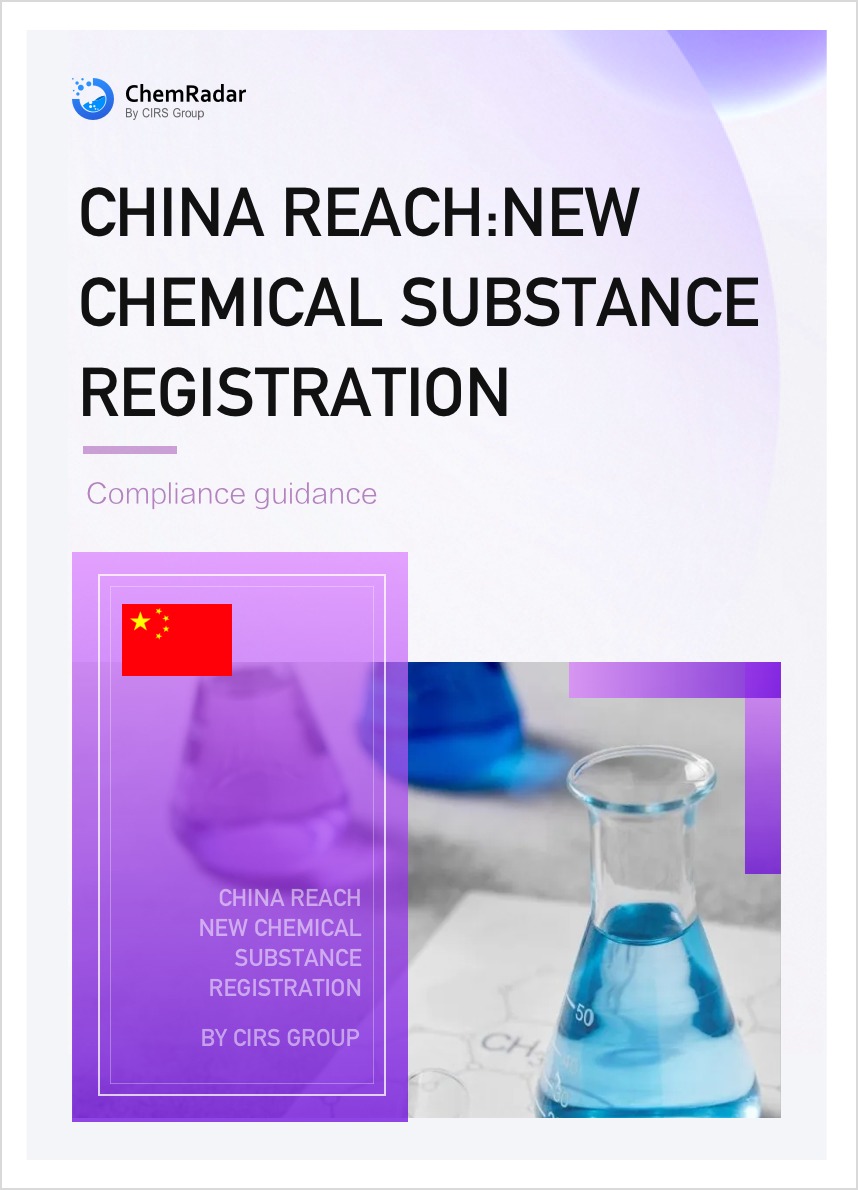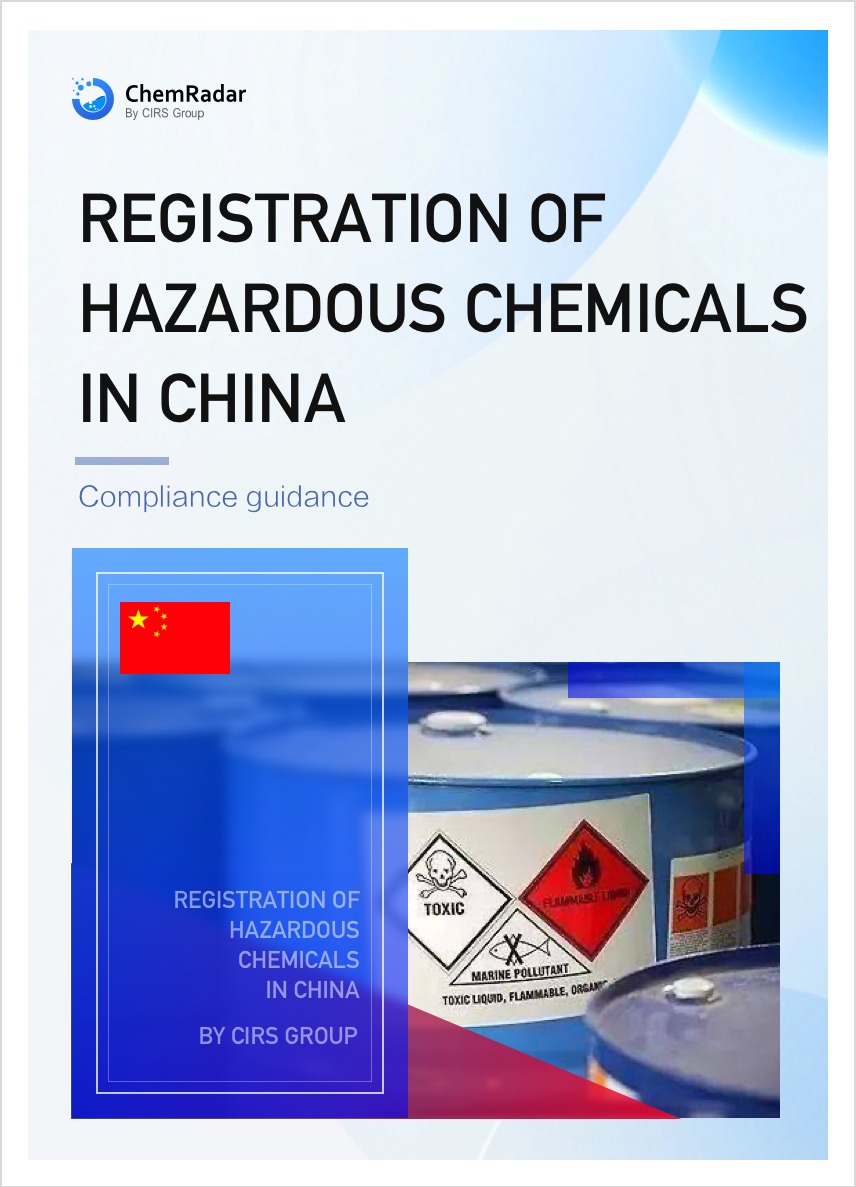On September 30, 2025, the General Office of the Ministry of Ecology and Environment (MEE), in accordance with the Regulation on the Administration of Ozone Depleting Substances and China's National Plan for the Implementation of the Montreal Protocol on Substances that Deplete the Ozone Layer (2025-2030), has drafted two announcements for public comment: the Announcement on Prohibiting the Production of Extruded Polystyrene Foam Products Using Hydrochlorofluorocarbons (HCFCs) as Blowing Agents (Draft for Comments) and the Announcement on Prohibiting the Use of Hydrochlorofluorocarbons (HCFCs) as Cleaning Agents (Draft for Comments).
All organizations, enterprises, institutions, and individuals are invited to submit comments and suggestions via the contact methods indicated on the official website. The deadline for submitting comments is October 17, 2025.
Background
The extruded polystyrene foam and cleaning sectors are major consumers of Hydrochlorofluorocarbons (HCFCs) in China. To fulfill its obligations under the Vienna Convention for the Protection of the Ozone Layer and the Montreal Protocol on Substances that Deplete the Ozone Layer, and to achieve the phase-out targets stipulated by the Protocol, China will gradually phase out the use of HCFCs.
Announcement on Prohibiting the Production of Extruded Polystyrene Foam Products Using HCFCs as Blowing Agents (Draft for Comments)
- Prohibits the production of extruded polystyrene foam products using HCFCs as blowing agents, effective July 1, 2026.
- Defines the applicable extruded polystyrene foam products as rigid, closed-cell foam plastics produced primarily from polystyrene resin or its copolymers, with small amounts of additives, via heated extrusion molding. This includes products specified by the standards listed in the attachment.
- Specifies the scope of polystyrene foam products covered by the ban through a list of product standards, providing clear guidance for relevant enterprises in their phase-out and substitution actions, and establishing a basis for subsequent supervision and enforcement.
List of Standards Defining the Scope of Applicable Extruded Polystyrene Foam Products
|
No. |
Standard Code |
Standard Name |
|
1 |
GB/T 10801.2 |
Extruded polystyrene foam (XPS) for thermal insulation |
|
2 |
GB/T 30595 |
Materials for extruded polystyrene (XPS) board system for building insulation |
|
3 |
QB/T 5166 |
Extruded polystyrene foam plastic (XPS) for cold storage |
|
4 |
QB/T 5167 |
Extruded polystyrene foam plastic (XPS) for geotechnical use |
|
5 |
JC/T 2627 |
Graphite modified extruded polystyrene foam board (GXPS) for building insulation |
Note: The latest versions of the standards shall prevail.
Feasibility Analysis
Multiple mature blowing agent alternatives to HCFC-22 and HCFC-142b are available in the polystyrene foam industry, primarily including carbon dioxide, alcohols, hydrofluorocarbons, butane, and dimethyl ether. These alternatives have been successfully applied within the industry for many years, are readily supplied domestically, and are technically viable. Economically, blowing agents like carbon dioxide, alcohols, butane, and dimethyl ether have lower costs, while hydrofluorocarbon blowing agents are relatively more expensive. Relevant enterprises can choose suitable alternative blowing agents independently.
Announcement on Prohibiting the Use of HCFCs as Cleaning Agents (Draft for Comments)
Prohibits the use of HCFCs or mixtures containing HCFCs as cleaning agents, effective July 1, 2026. The production of single-use medical devices shall comply with the Announcement on Prohibiting the Production of Single-use Medical Device Products Using Hydrochlorofluorocarbons (HCFCs) as Silicone Oil Diluents or Cleaning Agents (MEE Announcement No. 29, 2023).
Defines cleaning agents as liquid chemicals or preparations used in industrial production and service activities to remove contaminants (including grease, paint, ink, adhesive, carbon deposits, dust, etc.) from the surfaces of apparatus, equipment, facilities, and products, based on principles such as chemical dissolution, complexation, emulsification, wetting, penetration, dispersion, solubilization, and stripping, as defined in the Chinese National Standard Limits for Volatile Organic Compounds Content in Cleaning Agents (GB 38508-2020).
Feasibility Analysis
Multiple mature cleaning agent products and cleaning technologies are available in the cleaning industry to replace HCFCs, primarily including hydrocarbons, chlorinated hydrocarbons, hydrofluoroethers, alcohol ethers, fluoroolefins, solvent-free cleaning technologies, and no-clean technologies. These alternative cleaning agents and technologies have been successfully applied within the industry for many years and are technically viable. Economically, hydrocarbon and chlorinated hydrocarbon cleaning agents have lower costs, while hydrofluoroether and fluoroolefin cleaning agents are relatively more expensive. Solvent-free and no-clean technologies involve relatively higher initial equipment investment costs but save operational costs associated with cleaning agent consumption in the long term. Relevant enterprises can independently choose suitable alternative cleaning agents or technologies.
Supervision and Penalties
Ecology and environment authorities at all levels shall supervise enterprises in strictly implementing the above provisions and effectively carrying out the phase-out of HCFCs in the extruded polystyrene foam and cleaning industries. Enterprises violating these provisions by using HCFCs will be penalized by the ecology and environment authorities in conjunction with relevant departments according to the law.
These two draft announcements aim to achieve the targets set by the Montreal Protocol, phase out ozone-depleting substances, promote the development of low-carbon and environmentally friendly technologies within the industries, and facilitate industrial transformation and upgrading.




